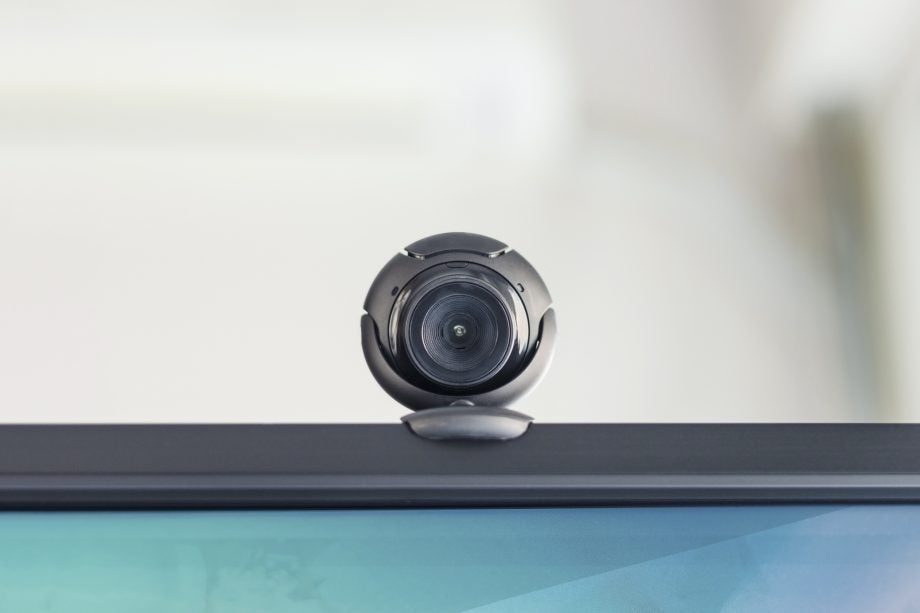The best ways to video chat from Windows, Mac, iPhone or Android

What is video conferencing?
Video conferencing services are an invaluable tool for businesses that allow staff to work from home and for companies to conduct business meetings overseas. They’re also a great way to chat with your friends on the weekend when you struggle to get your schedules to line up enough to ever meet for a coffee.
The common group messaging app feature lets users host discussions, hold meetings and discuss important work matters face-to-face even on days when not everyone can make it to the office.
Trusted Reviews has compiled a list of all the best apps to video chat on Windows, Mac, iPhone and Android.
Free video conferencing apps
Google Hangouts
Google Hangouts is a free video conferencing service that lets you chat with up to 10 people at a time. All you need is a Google account to start a video call on Android, iOS or right in your browser.
Slack
If you’re primarily looking to stage one-to-one meetings via video chat, Slack is a great option.
The free version of the workplace messaging app offers group messaging with access to 10,000 of your team’s most recent messages, integrations with tools like Google Drive and Microsoft Office 365 and one-to-one voice and video calls between teammates.
The company does offer paid plans with up to fifteen participants but you’ll need to splash out at least £5.25 a month for the luxury.
Skype
When many people think of video calls, they think of Skype. Skype is a free video conferencing app that allows calls of up to 50 individuals at no cost, with screen sharing to present presentation slides and documents with your team while you talk.
You can also transfer files directly through the app and even use the service to phone landlines by adding credit to your account.
Related: Best laptop
Zoom
Zoom offers calls with up to 100 individuals for free users and up to 500 on the other end of the scale with its Enterprise plan.
While 100 is plenty for many on the hunt for a good video conferencing app and the unlimited one-to-one meetings, HD video and screen share features are all enticing perks available at no cost, the 40-minute time limit can be, well, limiting for some workplaces.
Luckily, Zoom has reportedly lifted time limits on video calls on its free software across China and for schools in Japan, Italy and the US for a short time. We’re hoping this feature will come to the UK but, in the meantime, the free version seems more than generous enough for the average user.
Related: Is Zoom safe?

WhatsApp is a great option if you find yourself often working on the go.
The app sets the limit at four participants per call but all you need to set up a free account is your phone number. Many people also already have the app on their phones, making this option easily accessible for any last minute video calls and conferences.
Related: How to video call on WhatsApp
Discounted video conferencing apps
Microsoft Teams
While Microsoft has offered a free version of Teams for a while now, the number of users allowed to partake in each call has been limited. The company announced last week that it would be making the full version free to all for six months to assist those working remotely during the recent Coronavirus outbreak.
The free version already allows for video meetings and calls but – for six months – trial users can look forward to scheduled meetings, meeting recordings, and significantly larger video conferences all free of charge.

Image: Google
Related: Best phone
Hangouts Meet
Hangouts Meet is Google’s more advanced (paid) video conferencing service and a step up from regular old Hangouts. Last week, Google began rolling out free access to all G Suite and G Suite for Education users across the world, ending July 1.
This includes larger meetings of up to 250 participants, live streaming for up to 100,000 viewers and the ability to record and save meetings in the Google Drive.
Which video conferencing tools work on mobile?
All of the video conferencing tools listed above will work on mobile.
While some services – such as WhatsApp – are primarily designed to be used on the go, desktop options such as Google Hangouts, Microsoft Teams, Slack, Skype and Zoom all have mobiles apps that make video conferencing possible wherever you are.




